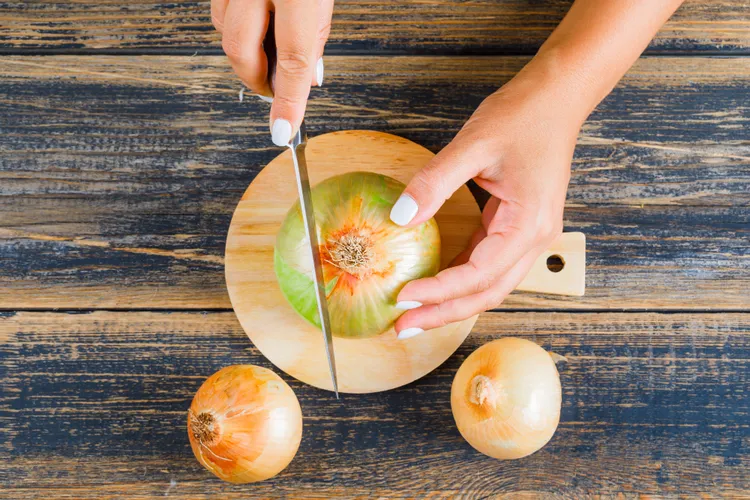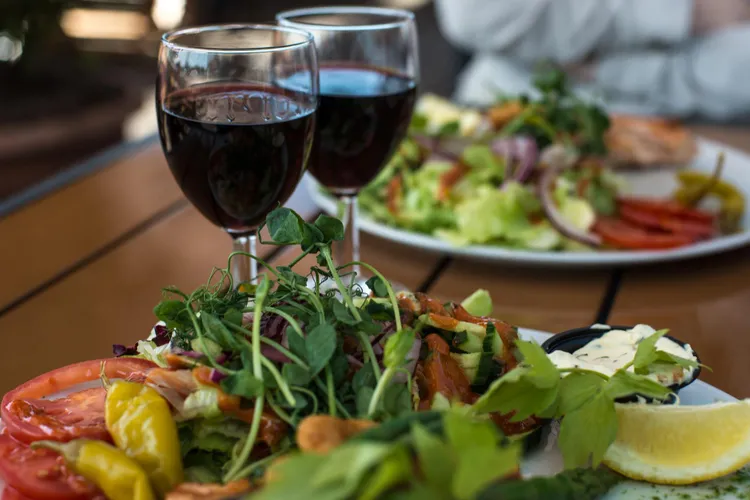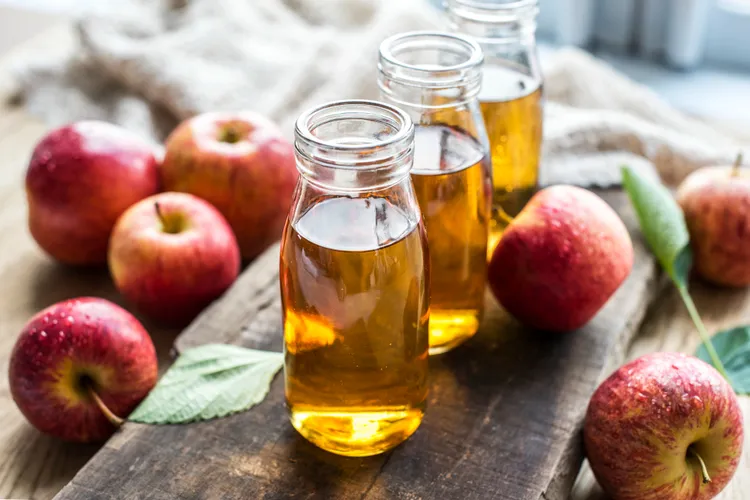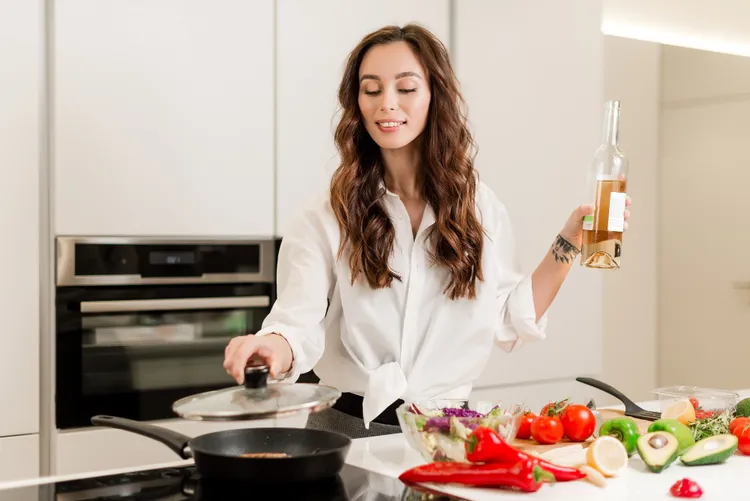Foods That Are More Nutritious Cooked Than Raw: Unlocking Their Hidden Health Potential
In the age of raw food diets and smoothie bowls, eating raw is often perceived as the healthiest option. While it’s true that many fruits and vegetables lose some nutrients when heated, not all nutrients behave the same way. In fact, certain foods actually become more nutritious when cooked. Cooking can break down tough cell walls, neutralize harmful compounds, and enhance the availability of essential vitamins, minerals, and antioxidants. In this article, we’ll explore a variety of common foods that offer increased nutritional benefits when cooked, the science behind the transformation, and tips for maximizing those gains.

Why Some Foods Are Healthier When Cooked
Here’s why cooking can boost nutrition in certain foods:
- Breaks down fiber and cell walls → better nutrient absorption
- Neutralizes anti-nutrients like oxalates and lectins
- Enhances availability of antioxidants like lycopene and beta-carotene
- Kills harmful bacteria and parasites
- Improves taste and texture, encouraging higher intake
Let’s dive into the top foods whose nutritional profiles are enhanced by cooking.
- Carrots
Nutrient Boosted: Beta-Carotene (Vitamin A precursor)
Carrots are famous for their eye health benefits, thanks to beta-carotene. Cooking breaks down the thick cell walls of carrots, making this fat-soluble compound easier for your body to absorb.
Best Cooking Methods:
- Steaming or roasting
- Pair with healthy fats (olive oil or avocado) to enhance absorption
- Tomatoes
Nutrient Boosted: Lycopene
Lycopene is a powerful antioxidant linked to reduced risks of cancer and heart disease. Cooking tomatoes - especially slow roasting or simmering in sauce - greatly boosts lycopene bioavailability. In fact, lycopene levels can increase by up to 35% after cooking.
Best Cooking Methods:
- Simmering into sauces
- Roasting whole tomatoes
- Making tomato soup or paste
- Spinach
Nutrients Boosted: Iron, Calcium, Magnesium
Spinach is high in oxalates, which bind to minerals like calcium and iron and prevent absorption. Cooking reduces oxalates, making these minerals more available to the body.
Best Cooking Methods:
- Light steaming or sautéing
- Avoid overcooking to preserve vitamins
- Mushrooms
Nutrients Boosted: Potassium, Ergothioneine, Antioxidants
Cooking mushrooms enhances their antioxidant activity and helps break down tough fungal cell walls, which improves the availability of beneficial compounds.
Best Cooking Methods:
- Sautéing with olive oil or grilling
- Avoid boiling as it leaches nutrients
- Asparagus
Nutrients Boosted: Vitamin A, E, Fiber, Ferulic acid
Cooking softens the tough outer layers of asparagus, releasing more vitamins and a potent antioxidant called ferulic acid.
Best Cooking Methods:
- Light steaming
- Roasting in the oven with olive oil and lemon
- Garlic
Nutrient Boosted: Allicin (under specific conditions)
Raw garlic has more allicin (an anti-inflammatory and antimicrobial compound), but if crushed and allowed to sit for 10 minutes before cooking, the enzyme that produces allicin is activated - and cooking won't destroy it as easily.
Cooking Tip:
- Crush garlic, let it rest, then add to dishes toward the end of cooking
- Sweet Potatoes
Nutrients Boosted: Beta-Carotene, Vitamin C (if lightly cooked)
Beta-carotene in sweet potatoes becomes more bioavailable when cooked, and steaming or baking retains most nutrients better than boiling.
Best Cooking Methods:
- Baking with skin on
- Steaming and mashing with coconut oil or butter
- Eggplant (Aubergine)
Nutrients Boosted: Nasunin (antioxidant), Fiber usability
Cooking breaks down solanine (a mildly toxic compound in raw eggplant) and increases the availability of nasunin, an antioxidant that protects brain cell membranes.
Best Cooking Methods:
- Grilling or roasting
- Making ratatouille or baba ganoush
- Canned Beans and Lentils
Nutrients Boosted: Protein, Iron, Zinc, Magnesium (by reducing anti-nutrients)
Raw or undercooked legumes contain lectins and phytic acid, which impair nutrient absorption and can cause digestive distress. Cooking eliminates these compounds and makes the minerals more bioavailable.
Best Cooking Methods:
- Pressure cooking
- Long slow simmering
- Peaches and Apricots
Nutrient Boosted: Phenolic compounds and carotenoids
Gently heating stone fruits can increase certain antioxidants while softening fibers, which aids digestion.
Best Cooking Methods:
- Stewed or lightly baked
- Grilled peaches for a summer dessert
- Corn
Nutrient Boosted: Ferulic acid and lutein
Boiled or grilled corn has significantly more usable ferulic acid (a heart-healthy antioxidant) than raw kernels. Cooking also softens the kernel’s structure for better digestion.
Best Cooking Methods:
- Boiling or grilling
- Soups, chowders, or corn casseroles
Other Vegetables with Boosted Nutrients When Cooked:
Food | Nutrient Enhanced by Cooking | Cooking Tip |
Kale | Calcium and iron (fewer oxalates) | Light steam |
Pumpkin | Beta-carotene and vitamin E | Roast it |
Bell Peppers | Carotenoids (some loss of vitamin C) | Sauté lightly |
Zucchini | Antioxidants and digestive enzymes | Grill or sauté |
Swiss Chard | Magnesium, calcium | Steam gently |
What Nutrients Are Lost When Cooking?
While cooking can improve some nutrient absorption, others can be diminished:
- Vitamin C is sensitive to heat and water.
- B vitamins (especially folate) leach into water during boiling.
- Polyphenols in some fruits may degrade with heat.
To minimize nutrient loss:
- Use cooking water in soups or stews
- Steam instead of boil
- Avoid extremely high temperatures or overcooking
How to Balance Raw and Cooked Foods in Your Diet
A balanced approach offers the best of both worlds. Here’s how:
- Eat a mix of raw and cooked vegetables every day.
- Cook foods with fat-soluble nutrients (like carrots and sweet potatoes) with healthy fats.
- Use raw foods like fruits and salads for vitamin C and enzymes.
- Include cooked legumes and grains to boost mineral absorption and improve digestion.
Cultural Wisdom: Traditional Diets Knew Best
Many traditional cuisines intuitively used cooking to unlock nutrients:
- Indian cuisine uses spices and long simmering to make lentils and vegetables more bioavailable.
- Asian stir-fry techniques preserve texture and nutrients.
- Mediterranean diets feature cooked tomatoes (in sauces) and olive oil, enhancing lycopene absorption.
Science is now confirming what generations have practiced through intuition and tradition.
Don’t Fear the Flame
While raw foods are certainly valuable, don’t underestimate the power of cooking to boost nutrition. Whether it’s roasting carrots for eye health or simmering tomatoes for heart protection, heat can unlock hidden benefits in your food.
Cook smart, eat consciously, and let your meals nourish you more deeply.
Quick Reference: Nutrients Enhanced by Cooking
Food | Key Nutrient Gained | Best Cooking Method |
Tomatoes | Lycopene | Simmer, roast |
Carrots | Beta-carotene | Roast, steam |
Spinach | Iron, calcium (less oxalate) | Sauté, steam |
Mushrooms | Antioxidants | Sauté, grill |
Sweet Potatoes | Beta-carotene | Bake, steam |
Beans & Lentils | Iron, protein (fewer lectins) | Boil, pressure cook |
Asparagus | Ferulic acid | Steam, roast |









